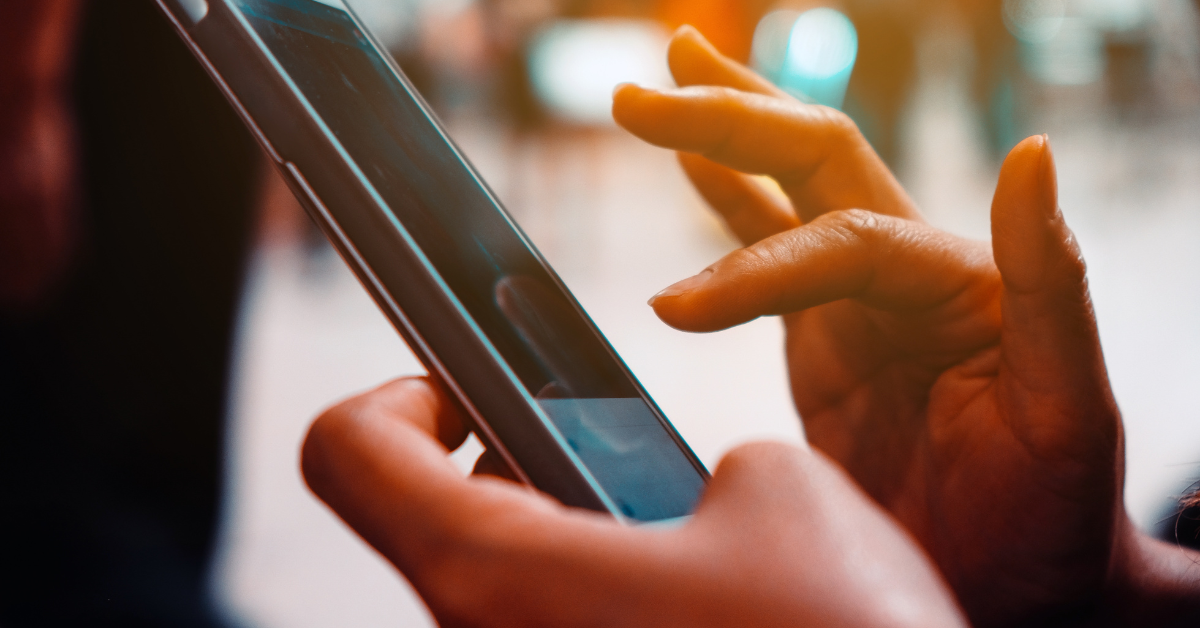Apple products like the iPhone and MacBook are deeply integrated into everyday life in Japan. From high school students to senior citizens, a wide range of users rely on Apple for their daily communication, work, and entertainment. But what makes Apple so trusted and loved by Japanese consumers? This article explores the cultural preferences, design appreciation, and lifestyle alignment that contribute to Apple’s strong presence in the Japanese market.
What Does Apple Mean to Japanese People? Brand Image and Recognition
In Japan, Apple is more than just a tech company. Especially the iPhone has become the most widely used smartphone, with such a strong presence that for many people, “smartphone” equals “Apple.” The sight of people using iPhones on the street is now completely ordinary.
Apple products are known for their refined design and intuitive usability, which align with Japanese preferences. The ease of use appeals to users of all ages and skill levels, providing a sense of security. Moreover, the strong trust that Japanese consumers place in the Apple brand contributes to the belief that “if it’s from Apple, it must be reliable.”
Apple’s advertising strategy is also well-suited to Japanese sensibilities, relying on visuals and emotional appeal. Through elegant commercials, immersive store experiences, and minimalist aesthetics, Apple has crafted a comprehensive brand experience that resonates widely.
Why Are Apple Products So Popular in Japan? Honest Voices from Users
Apple’s popularity in Japan stems from more than just performance. Various elements contribute to an overall sense of satisfaction among users.
| Popular Feature | Details |
|---|---|
| Ease of Use | Interfaces are intuitive and easy to understand for all age groups |
| Design Excellence | Simple yet elegant designs foster a sense of pride in ownership |
| Brand Trust | Global reputation provides a sense of reliability during and after purchase |
| Support Infrastructure | In-person support at Apple Stores and responsive online help |
| Integrated Ecosystem | Seamless connectivity between devices like iPhones, iPads, and Macs |
In addition, Japanese users place value on both design and peace of mind, and Apple products strike this balance exceptionally well. Among younger generations, owning Apple devices can also be a form of self-expression, contributing to their desirability.
Apple Usage Trends by Age Group and Differing User Needs
Apple products are embraced by a broad demographic, but usage patterns and purchasing priorities differ across generations.
| Age Group | Common Devices | Primary Usage | Key Priorities |
|---|---|---|---|
| Teens | iPhone, iPad | Social media, video, games | Camera quality, design, brand |
| 20s | iPhone, MacBook | Study, work, editing | Portability, performance, style |
| 30s | iPhone, iPad, Mac | Work-life balance, parenting | Stability, sharing features |
| 40s and up | iPhone, iPad | Communication, hobbies, photos | Ease of use, customer support |
Among users in their 30s and beyond, Apple products are often used in tandem with family life—for example, sharing photos via iCloud or using iPads for children’s educational apps. This demonstrates how Apple’s ecosystem fits into everyday needs across all age groups.
Criticism and Concerns Surrounding Apple in Japan
Despite widespread popularity, Apple also faces criticism from Japanese consumers, particularly concerning pricing and proprietary features.
| Concern | Details |
|---|---|
| High Prices | Devices are more expensive than alternatives, making them less accessible |
| Proprietary Features | Lightning ports and required accessories limit compatibility and increase cost |
| Costly Repairs | Repairs often require official services and can be expensive |
| Limited Expandability | No SD card slots and limited ports reduce customization options |
Some users feel that Apple’s closed ecosystem and reduced user freedom are inconvenient compared to more flexible platforms. However, these very limitations are seen by other users as intentional design for better security and reliability, which continues to divide opinions.
Apple’s Influence on Japanese Society
Apple’s impact extends beyond individual users. In schools, iPads are commonly used as teaching tools, aiding in programming education and presentations. Through partnerships with national programs, Apple has become central to Japan’s digital transformation in education.
In business settings, MacBooks are favored by designers and startups. The use of Apple products contributes to a company’s image of innovation and modernity, especially in creative and tech sectors. Apple’s usability also boosts efficiency in sales and internal communication.
At home, families benefit from shared calendars, photo storage, and communication via FaceTime. Apple products are increasingly becoming essential infrastructure for modern living.
| Field | Examples |
|---|---|
| Education | iPad-based learning, programming classes, interactive teaching |
| Business | Creative industries using Macs, iPads for presentations and field work |
| Home Life | Family photo sharing, cloud-based scheduling, FaceTime with relatives |
The widespread adoption of Apple devices in education, work, and home shows that these products are not just tools—they’re part of Japan’s digital lifestyle.
Conclusion
For many in Japan, Apple is more than a tech brand—it’s a symbol of quality and innovation. The reasons behind its popularity include high reliability, excellent design, user-friendly interfaces, and a strong support system.
While issues such as pricing and limited customizability persist, the overall value and satisfaction derived from Apple’s seamless user experience continue to outweigh the drawbacks. Choosing Apple in Japan is often seen not just as a purchase decision, but as a way to enhance everyday life.
Apple’s continued success in Japan will likely depend on how well it evolves with changing cultural values and user expectations. But for now, it remains a brand that many Japanese consumers proudly choose—and trust.






